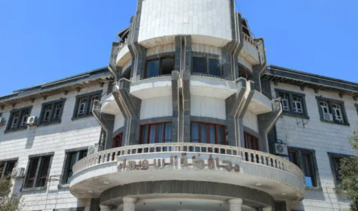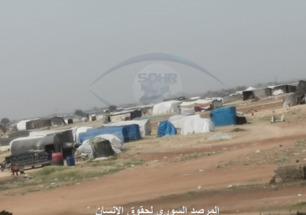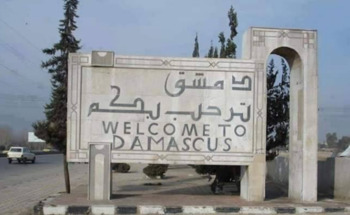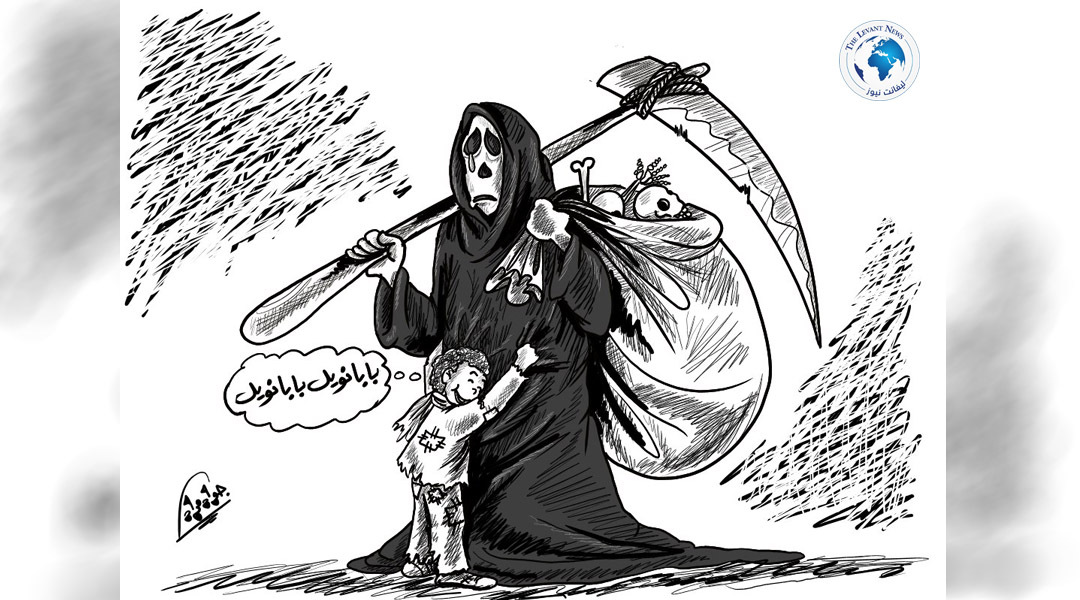-
Commemorative and Denunciation Standpoints: Collective Takbirs from Mosques in Damascus and Its Countryside on the Anniversary of the Chemical Massacre
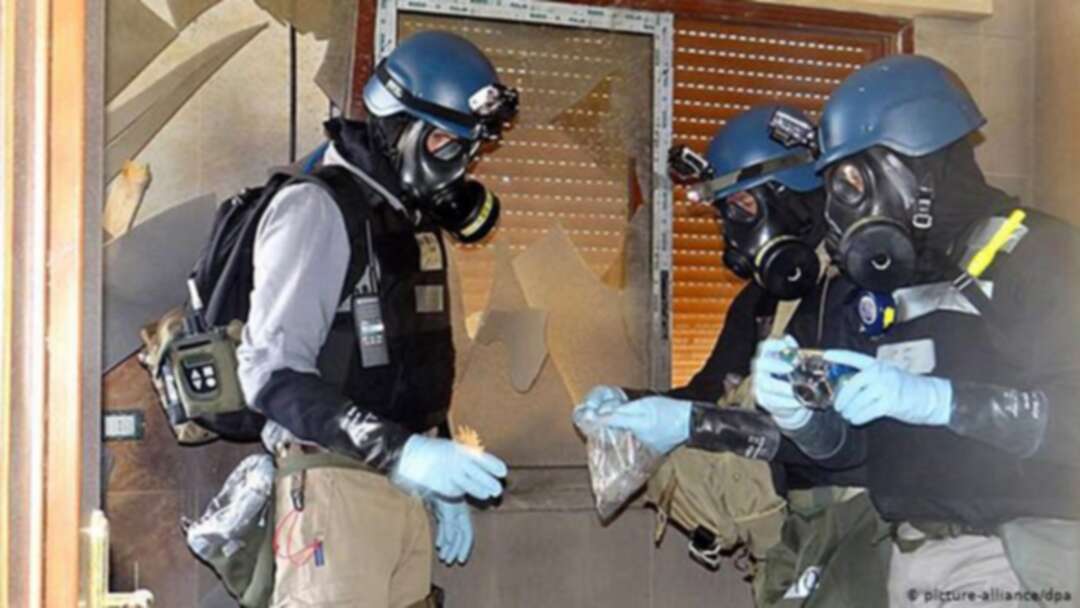
In memory of the chemical massacres carried out by the Assad regime, mosques in the Damascus and its countryside governorates issued collective Takbirs through loudspeakers in their minarets this Thursday morning at exactly 2 AM. This event served as a patriotic stance and a vivid reminder against the horrors of that fateful day, which coincides with August 21, 2013, when the Eastern Ghouta witnessed brutal chemical attacks.
A correspondent from Syria TV in Damascus reported that mosques in Damascus and its countryside raised Takbirs to commemorate the 12th anniversary of the chemical massacre, which claimed the lives of hundreds of innocent people.
On the night of August 21, 2013, the Syrian regime's forces launched four chemical attacks on populated areas in Eastern Ghouta and the town of Moadamiya Sham in Western Ghouta, using more than 10 rockets filled with toxic gases. Each rocket was estimated to contain about 20 liters of gas, according to the Syrian Network for Human Rights. These rockets were launched via dedicated, coordinated, and carefully planned platforms, utilizing large quantities of Sarin gas, with the aim of killing as many civilians as possible, especially while they were asleep, thus reducing their chances of survival.
It was also found that the regime meticulously planned to achieve widespread genocide, as the temperature during the early hours between 2 and 5 AM was still and calm, leading to the accumulation of heavy gases near the ground surface, which increased the number of victims.
Additionally, the siege imposed on Eastern Ghouta since the end of 2012, which prevented the sufficient entry of fuel, medicines, and medical equipment, significantly contributed to the high toll of victims. The Syrian Network for Human Rights documented the death of 1,144 people due to suffocation, including 1,119 civilians—among them 99 children and 194 women—along with 25 fighters from opposition groups, and approximately 5,935 others suffering from respiratory symptoms and suffocation cases.
The network added that these figures constitute about 76% of the total casualties from chemical attacks in Syria from December 2012 until May 2019, when the last documented attack occurred in Kabina, Latakia countryside.
Since the first documented use of chemical weapons on December 23, 2012, until August 2024, the Syrian Network for Human Rights reported 222 chemical attacks, confirming that the direct responsible for these is Bashar al-Assad, the head of the regime and commander-in-chief of the armed forces. The report indicated that approximately 98% of these attacks were carried out by regime forces, while 2% were by ISIS. The regime's forces conducted 217 attacks, resulting in the death of 1,514 people, including 1,413 civilians—among them 214 children and 262 women—and 94 opposition fighters, along with 7 regime members who were held in opposition prisons.
You May Also Like
Popular Posts
Caricature
opinion
Report
ads
Newsletter
Subscribe to our mailing list to get the new updates!




